
Dominican Republic
The Dominican Republic is a North American country on the island of Hispaniola. The cuisine boasts a mosaic of European, African, and Amerindian influences. Gather your kids and let’s learn about the Dominican Republic!
QUICK STATS
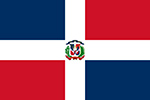
The Dominican Republic occupies 5/8 of the Island of Hispaniola (on its eastern side), which is shared with Haiti (located on its western side). The island is situated in the Greater Antilles archipelago of the Caribbean Sea, bordered by the Atlantic Ocean to the north.
A brief history for kids to learn about the Dominican Republic
Not much is known about the first inhabitants of the Island of Hispaniola. However, archaeologists believe that they were displaced in the 7th century AD, as the Taino people arrived on the island.
In the 15th century, the Caribs drove the Taino to the northeastern part of the island (in present-day Dominican Republic).
By 1492, the Spaniards arrived, They faced resistance and hostility from the local chiefs. However, the indigenous population declined rapidly, mainly due to smallpox, measles, and other diseases that arrived with the Europeans. Historians recorded the last pure Taino population on the island in 1864.
In 1496, Bartholomew Columbus, Christopher Columbus’ brother, built the city of Santo Domingo. The Spanish developed a plantation economy on the island. The new colony became a springboard for the Spanish conquest and exploration of Puerto Rico, Jamaica, and other new-world destinations.
The Spanish imported West African slaves to the island, to replace the dwindling Taino population in the plantation fields.
The decline of the economy gradually pushed the Spaniards from the western side of the island. As a result, the French seized the opportunity and settled the area. After years of conflict, Spain ceded the western coast of the island (present-day Haiti) to France in 1697.
Spain ceded all of the island to the French in 1795. In 1804, France lost its sovereignty over western Hispaniola, due to the establishment of Haiti, yet they remained in the former Spanish colony of Santo Domingo.
As a result of an armed rebellion in 1809, Spain regained control over the colony, thus ending 200 years of French presence.
Then, in 1821, Santo Domingo’s former Lieutenant-Governor declared the colony’s independence from the Spanish crown as Spanish Haiti.
The Republic of Spanish Haiti lasted for merely two months, before being annexed and occupied by Haiti in 1822.
As a result of a Dominican uprising in 1844, the Dominican Republic was established, free from Haitian rule. Yet, the young country lasted for only 17 years, until the Dominican president resigned and Santo Domingo was colonized by Spain once more.
Fearing the re-establishment of a Spanish colony in Hispaniola, Haiti incited the Restoration War, and after two years, the Dominican Republic regained independence. In the following decades, the sugar industry was modernized and the country attracted many foreign workers, many of them from the Middle East.
The Dominican Republic in more recent history
The United States occupied the Dominican Republic between 1916 and 1924, aiming to restore its political stability.
Several years later, the country fell under the dictatorship rule of Rafael Trujillo. While the country experienced economic growth during Trujillo’s rule, human rights were severely restricted. Trujillo was eventually assassinated after 30 years in power.
In recent decades, the country has been going through a gradual modernization process, while facing economic, social, and political challenges.
Nowadays, The Dominican Republic has the largest economy in the Caribbean and Central American region.
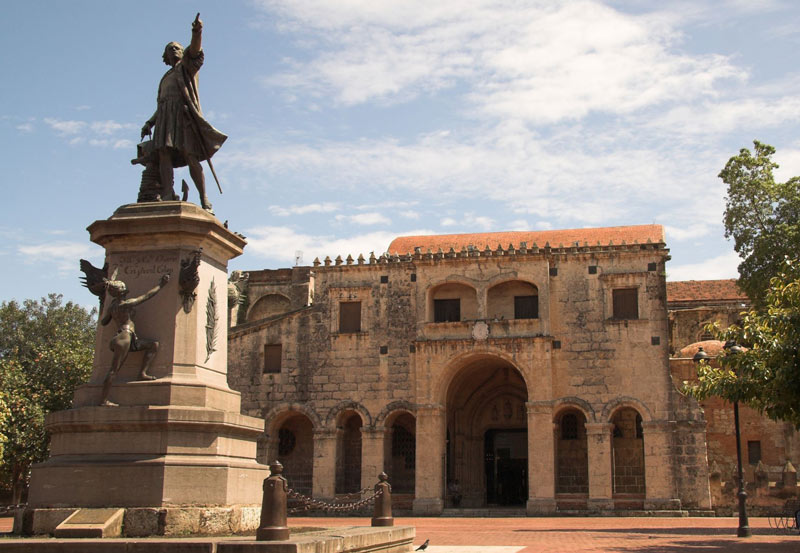
Fun facts about the Dominican Republic for kids
- The Taino people, who inhabited the Island of Hispaniola since pre-Columbian times, named the island Quisqueya (mother of all lands) and Ayiti (land of high mountains).
- Due to the country’s history, armed forces and national police personnel are not allowed to vote in the Dominican elections.
- Santo Domingo, the first post-Columbian capital of the New World, is also home to the first Catholic cathedral, the first university, and the first hospital in the Americas.
Dominican food
Dominican gastronomy is incredibly diverse due to the country’s cultural background. Influences from Taino, African, Spanish, and French cuisine have been an integral part of Dominican cuisine for centuries.
Middle Eastern and East Asian influences were also assimilated into the cuisine during the 20th century.
Similarly to other Caribbean nations, Dominican cooks commonly prepare comforting stews, such as picadillo and ropa vieja, and Amerindian dishes, like empanadas and tamales, while preserving a unique Dominican flare to the dishes.
Casabe, a flatbread made from cassava flour, is a staple dish with Taino origins. People often serve it alongside soups and stews.
You see Spanish and French influences in the use of spices, such as bay leaf, black pepper, and nutmeg. Many Dominican dishes use sofrito, or sazón, a sautéed mix of local herbs and spices of Spanish origin.
African influence on Dominican cuisine can be noticed in the Dominicans’ affection for plantains. Those can be fried, stewed, or simply mashed. Mofongo is a typical Afro-Dominican dish, made of fried plantains that are mashed with pork crackling.
Due to the later arrival of the Middle Eastern population, bulgur wheat has increased in popularity. Quipes (kibbeh) and tipili (tabbouleh) are two dishes of Middle Eastern origin that are commonly found around the country.
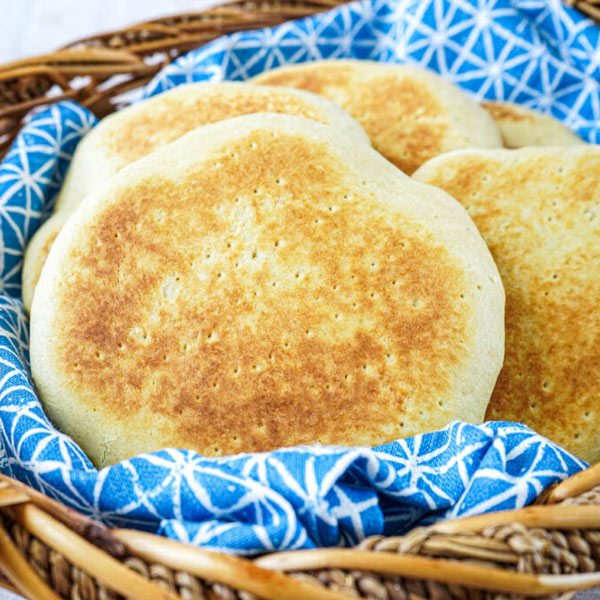
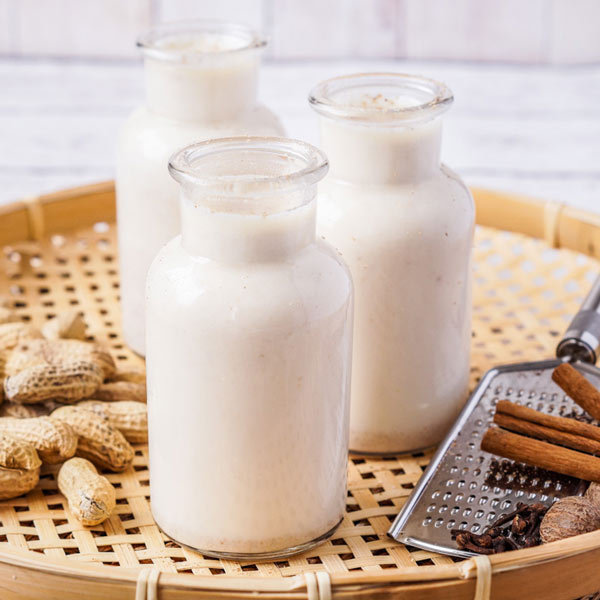
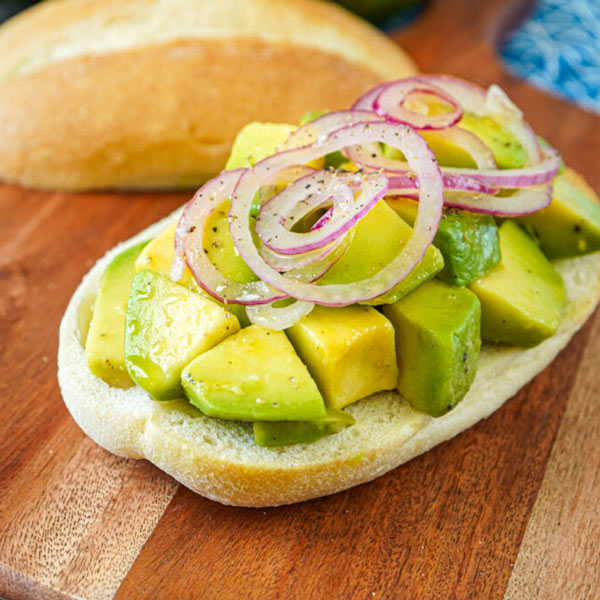
What do Dominicans eat? Facts for kids to learn about mealtime in the Dominican Republic.
Dominicans generally eat 3 meals a day. They typically consume breakfast is typically a short while after waking up. Lunch is typically the main meal of the day, while dinner is on the lighter side. Starchy vegetables and meats, especially pork, make up a large part of the Dominican diet.
Breakfast (7-9 am)
The signature breakfast dish of the Dominican Republic is tres golpes (literally transtlate “three hits”). It consists of mangú (mashed green plantains), fried eggs, and fried Dominican salami or fried cheese, providing a savory punch to the dish.
Lunch (12-2 pm)
A typical Dominican lunch consists of white rice, stewed red beans, meat (such as Pollo Guisado, Dominican braised chicken), and a salad.
Locals call such a meal set La Bandera (the flag), and they consider it the country’s national dish.
No Dominican lunch is complete without something a little sweet for dessert like cake, rice pudding, or flan.
Dinner (7-9 pm)
Many Dominicans consider dinner the lightest meal of the day. They may enjoy lighter versions of tres golpes, La Bandera, or mofongo.

Food etiquette in the Dominican Republic
Dominicans normally serve meals in a buffet setting (with the food on a separate table from which everyone serves themselves) or “family style” (sharing dishes on the dining table). Dominicans normally eat food using Western cutlery. Hosts typically expect guests to serve themselves food first.
When finishing the meal, one should place his/her knife and fork across the plate with prongs facing down and handles facing to the right.
Dominican food by region
The multi-dimensional depth of Dominican cuisine isn’t only reflected in its various international influences, but also its regional diversity. Each region has its own special dishes and culinary traditions, which are subject to the region’s cultural background, as well as flora and fauna.
Learning a little about these regions within the Dominican Republic can give kids a deeper picture of the cuisine as a whole.
Southern Dominican Cuisine
The cuisine of the southern Dominican Republic is known for its fresh seafood. One of the local specialties is a savory and sweet dish of fish meat, coconut milk, and aromatics. Another popular local dish is chivo liniero, a hearty and spicy goat stew.
Northern Dominican Cuisine
In the Northern region of the country, you find a distinct Cocolo (African-Caribbean) influence. Cocolo dishes such as mangu (mashed plantains) and chen-chen (cracked corn pilaf dish) are very popular in the area.
Eastern Dominican Cuisine
Being a gateway to the New World for Europeans for centuries, the area’s cuisine has absorbed international influences. You can find Dominican interpretations of Spanish paella (locrio), fried chicken (pica pollo), and even sushi.
Holidays in the Dominican Republic
For the Dominicans, there is never a bad excuse for a party. They have many regional and national carnivals and festivals.
Many holidays follow the Catholic calendar and are dedicated to regional patron saints.
Virgen de Altagracia (January 21)
Every January 21st, Dominican pilgrims from all over the country make their way to the Cathedral Basilica of Our Lady of Altagracia, where a 15th-century painting of Our Lady of Altagracia (“Our Lady of High Grace”) hangs.
You can read about one pilgrim’s visit here.
Carnival/Independence Day (February 27)
The last day of the Dominican Republic’s annual carnival falls on February 27th and culminates with the country’s Independence Day.
Each Sunday in February people from cities around the Dominican Republic gather for masked parades. The city of La Vega holds one of the most notable celebrations, where participants wear devil horns and whack each other with balloons.
People in the streets watching parades means that street food is the fare of the events. People love dishes like yaroas (loaded fries), chimi (burger), or empanadas.
Espiritu Santo (June)
Celebrated every June, the Espiritu Santo festival celebrates Afro-Dominican cultural heritage with a mix of religious processions and conga drum music. In Villa Mella you find the main celebration, featuring local singers, percussion bands, and dance groups.
Christmas Eve (December 24th)
The main celebration for Christmas in the Dominican Republic is a large meal on Christmas Eve. Tables are laden with food, like roast pork, rice side dishes (like this Christmas rice with raisins and almonds), and casseroles (like this beef and potato casserole).
Local fresh fruits always grace the table as well as telera bread.
And of course, no Christmas spread would be complete without dessert, like this spiced bread pudding.
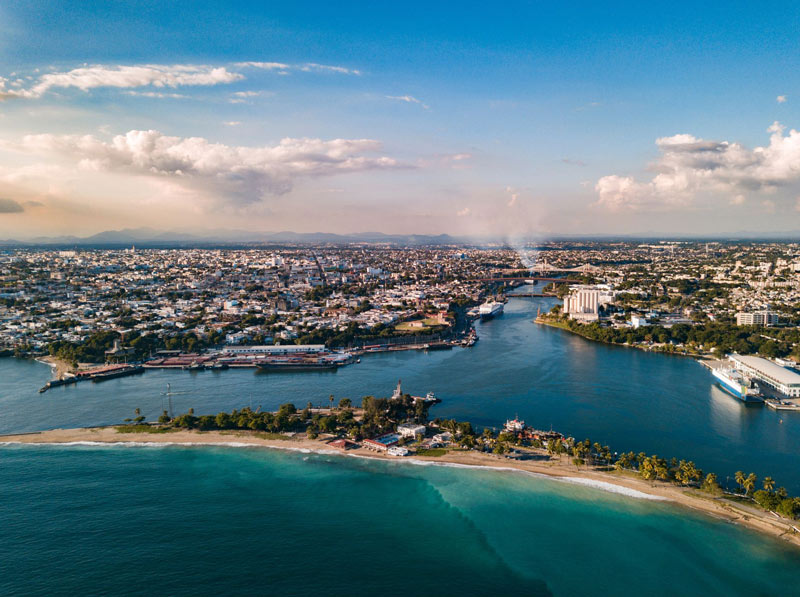
At-home ideas for kids to learn about the Dominican Republic
As a part of your homeschool Central American unit study or as a supplement to your child’s Caribbean unit at school, try some of these ideas at home!
- Take a trip to your nearest Latin grocer and pick up some plantains. Have your kids pick a plantain recipe from the Dominican Republic and give it a try!
- Dishes such as ropa vieja, picadillo, and tamales, are dishes that are not only a part of Dominican cuisine but belong to a wider Caribbean and Latin American culinary hemisphere. Have your kids choose one of these three dishes to research. Compare the Dominican recipe to two other versions from different countries.
- Dominican cuisine is heavily influenced by Spanish, Amerindian, and African culinary traditions. La Bandera, the country’s national dish, consists of various components, each reflecting a different cultural dimension of the cuisine. Try this national dish of the Dominican Republic with your kids. Have your older kids analyze the dish and find how they notice Spanish, Amerindian, and African cuisines reflected in it.
- Merengue and Bachata are two dance forms that originated in the Dominican Republic. Both are popular all around the country (and around the world). Find a tutorial online and get your kids moving by learning some of these dance moves from the Dominican Republic! For your older kids, compare the two dances regarding their pace, basic choreography, music, and cultural context. How are they similar? In what way do they differ from one another?
- Use Word Hippo to look up the pronunciation of specific words in Spanish.

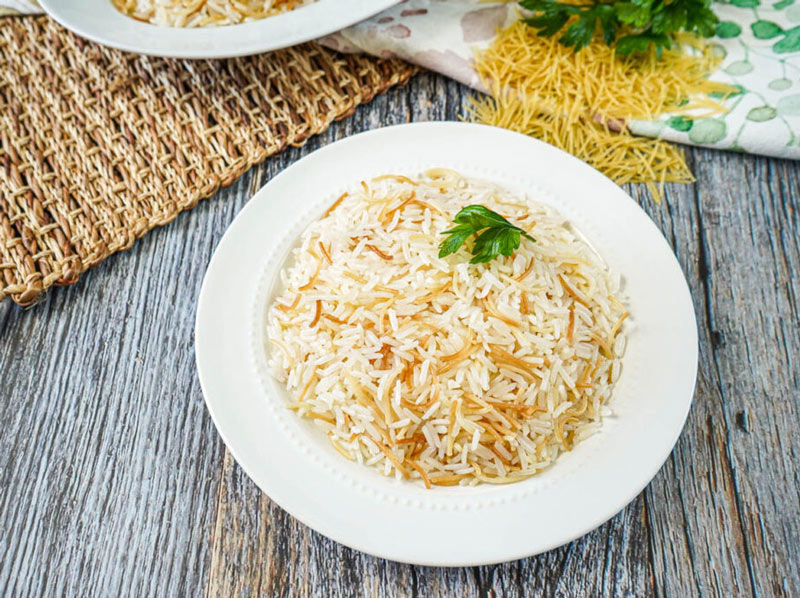
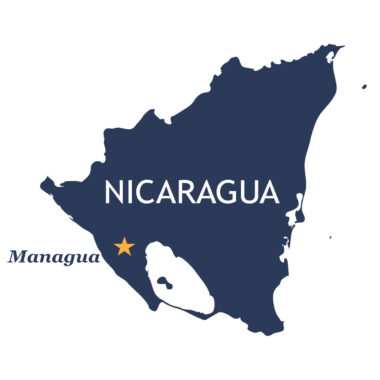
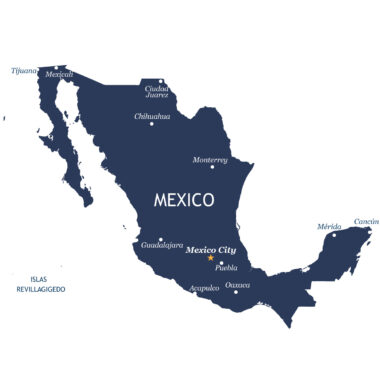
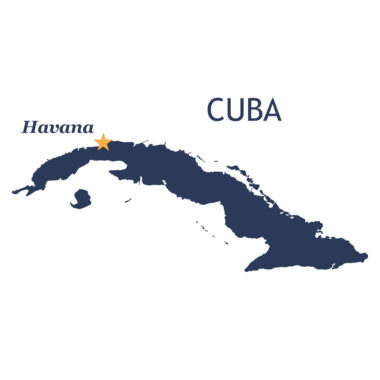


Have a Question/Comment?